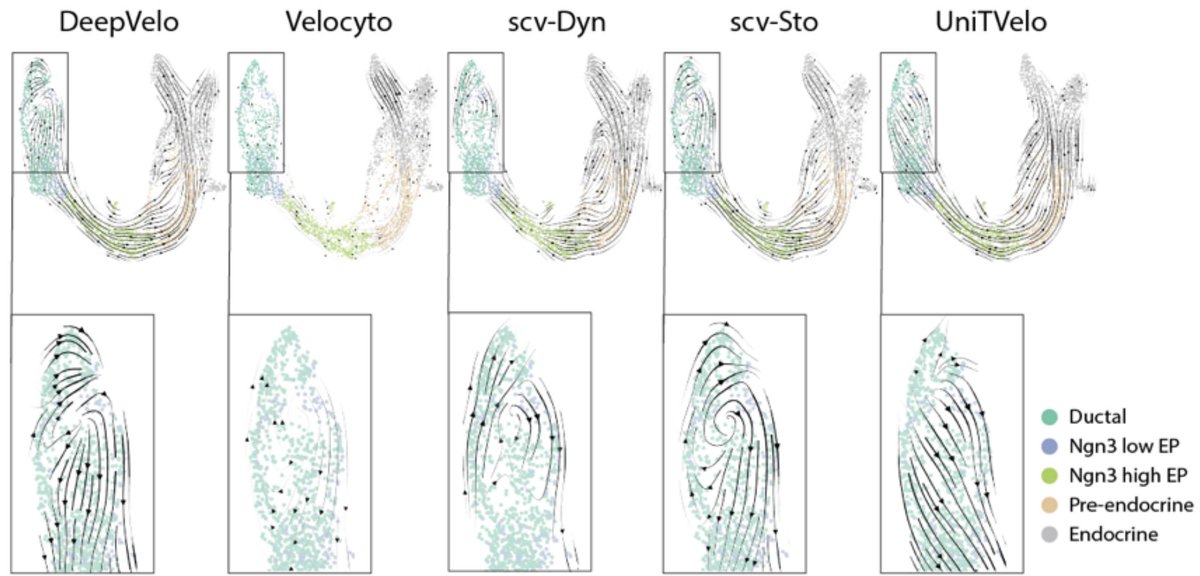So yesterday I received reviews back for one of my papers. The paper received 6 (yes, 6!) reviews. This has never happened before in my career. I was surprised at the number of reviews, given the pandemic and how busy everyone is. Then saw this... 🤔
https://twitter.com/VitoRebecca1/status/1301878904324579329?s=20
The reviews were thorough and helpful, and generally positive (some comments were very positive). I was therefore disappointed with the decision (reject). I guess we'll revise the paper and submit elsewhere.
But then the paper will have been reviewed >= 9 times (!) And that is quite something... because the paper has a total of 9 paragraphs... If you do the math, that's 1 reviewer per paragraph...
This is the paper:
This is the paper:
https://twitter.com/biorxivpreprint/status/1262986700160143360?s=20
Peer review is COMPLETELY broken. I've participated in large consortia projects where super complex papers are getting a handful of sentences of review from just a handful of reviewers. The publication process ends up being a negotiation with editors about a "package".
In those papers, whose publication is basically a foregone conclusion because $$ citations $$, the results are not even reproducible, methods poorly described (if at all), and authorship is a joke (please fill your name in an excel spreadsheet if you'd like to be an author).
But good to know our small opinion piece is getting 1 reviewer per paragraph.
• • •
Missing some Tweet in this thread? You can try to
force a refresh
















